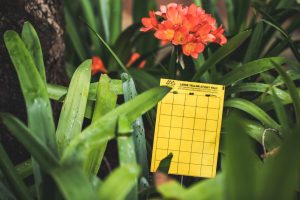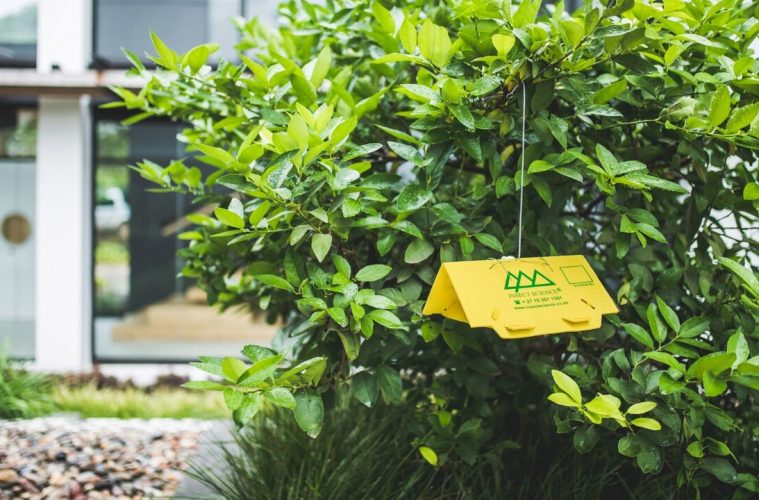The holiday season is here and it’s easy to forget about your garden while you’re distracted with other plans. Here are some tips to help ensure you don’t return home from holiday to an insect-pest festival; and that your flowers aren’t wilting when the guests arrive.
Garden solutions to keep your plants flourishing
- Be responsible: When the gardener’s away, the pests come out to play – raiding your garden and ruining your crops and plants. But before you reach for a pesticide, there are now excellent alternatives, like the Insect Science Home & Garden range, available to help you control pest populations in a more responsible, sustainable way.
- Use pheromones: False codling moth (FCM) is a pest you want to avoid if you have citrus, avocado or macadamia trees as well as roses in your garden. Prevention is the best method and using pheromone-based traps helps you monitor and control population levels. The Insect Science F.C.M. PheroLure® capsule is placed in a yellow Delta Trap® along with a sticky liner. The trap is designed to attract FCM when the pheromone scent is dispersed, and trap them before they reproduce – keeping numbers down and limiting damage.
- FCM Tip: Citrus trees will having a summer flush with flowers and fruit set. Watch out for FCM laying their eggs on the fruit. The eggs are tiny and hard to see, which means gardeners often only spot FCM when the larvae eats way out of the fruit!
- Use Sticky Cards: Blue and Yellow Sticky Cards are your first level of defence and can be essential in the early detection and control of many species of flying pests. The yellow colour is highly attractive to sucking pests such as Thrips, Whiteflies, Leafhoppers and Aphids; while the blue side of the card attracts Western flower thrips. Sucking pests are generally small, making it tricky for gardeners to identify and manage them. Best of all, Blue and Yellow Sticky Cards are pesticide-free and easy to use.
- Did you know? Counting the insects captured on a sticky card helps gardeners to make good pest-management decisions. The number of pests caught indicate the presence of pests, how fast their population is growing, and when it starts to decline. It’s an excellent tool to help you prepare for potential pest threats.

Using sticky traps
- Tall crops such as cucumber, tomato and pepper: position traps just above the top of the plant and adjust as they grow.
- Low canopy crops such as leafy greens and cabbages: install traps above the crop and support with wire holders.
- Seedlings: use plastic forks to place traps close to ground to catch those pests that pupate in the ground and then fly to their food source as adults.
- Place near new growth: the tender young leaves are delicious!
- Remove traps when significant numbers of flying pests are caught.
Keep pests out of your home
Flies buzzing around your food and windows; moths and beetles in your pantry cupboards; or ants and cockroaches crawling around your floors? Happily, you can keep them all at bay while you take a well-deserved break, with the help of Sticky Window Fly Traps, Household Food Store Glue Traps and Household Crawling Insect Pest Traps. They’re all quick and easy to use, providing a no-mess, no-fuss responsible alternative to keeping your home pest free.
The sustainable approach
Insect Science follows a responsible approach to integrated pest management (IPM) that focuses on achieving more with less. Using nature’s ways to monitor and manage specific pests is a sustainable approach that doesn’t target beneficial insects and won’t lead to pest immunity or resistance.
It’s the perfect reason to get yourself an early gift and have a break this holiday season.
READ MORE: 4 Ways to control snail in your garden



